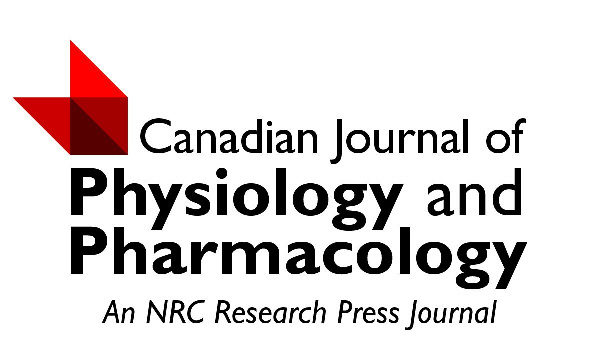
“Many studies reported the diverse therapeutic potential of essential oils, including cancer prevention and treatment. Many mechanisms involved in these processes including antioxidant, antimutagenic and antiproliferative effects, or by enhancing immune function and surveillance, inducing enzymes, and enhancing detoxification, and modulating multidrug resistance.
Hemp oil, obtained from Cannabis sativa L. seeds, is known for its nutritive, health-enhancing properties and bioactivity.
Adult female Swiss albino mice were injected with viable Ehrlich ascites carcinoma cells (2.5 x 106 cells/mouse) then administered with hemp oil (20 mg/kg) daily for 10 consecutive days pre and post exposure to 6Gy whole body gamma radiation. Hemp oil induced a significant increase in Beclin1, VMP1, LC3, cytochrome c and Bax. Otherwise, the oil showed a significant decrease in Bcl2 and P13k either alone or in combination with ɤ-radiation.
Finally this study revealed the role of hemp oil in inducing two cell death types ;autophagy and apoptosis as it may be applied as an adjuvant in cancer treatment.”









